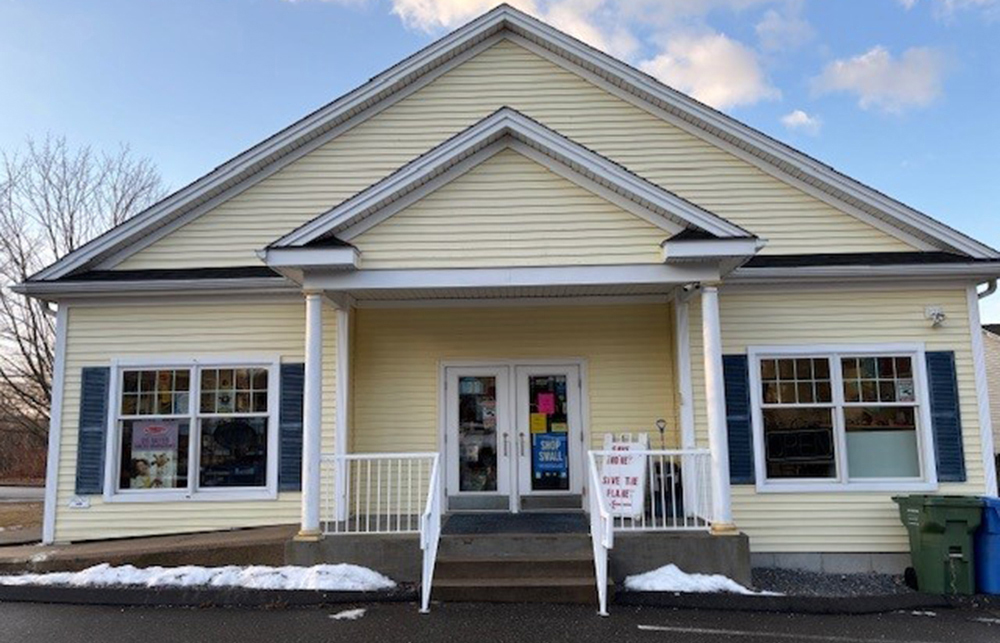Innovative retailers adapt amidst closures and downsizing - by Laura Bellotti Cardillo

Retail closures have become a frequent story across Southern New England in recent years, and the trend is likely to continue into 2025. However, the so-called “retail apocalypse” is only part of the story. There’s another side — one of resilience and adaptation — that often gets overshadowed by the gloom.
There is no shortage of negative headlines. Many malls continue to experience distress while various retailers have filed for bankruptcy or downsized, reducing their footprint in Connecticut, Massachusetts and Rhode Island. A juggernaut like Walgreens closing 1,200 stores in the U.S. is certainly alarming, but there are counter currents to this too.
In many big box spaces long-since vacated by their original occupant, we are seeing second- and third-generation tenants that are using the spaces in creative ways. Some tenants are selling physical goods, but others are offering entertainment experiences such as bowling alleys, trampoline parks, axe throwing and escape rooms. This trend makes fewer headlines, but it is extremely encouraging to see these spaces being put to use.
Some retailers are able to bridge the gap between traditional and non-traditional. Take Starbucks, which continues to expand its innovative approach to retail and “third place” ethos throughout the region. Large national banks like Chase, meanwhile, have increased their retail presence in Connecticut and Western Massachusetts, and automotive retail continues to flourish.
Supermarkets are an increasingly diverse sector. While more traditional players like Stop & Shop are closing locations, Big Y is opening more stores in the area, along with brands like Aldi and Sprouts, each of which appeal to a select segment of the market.
Retail continues to be in transition, but it’s not all bad news. This era has winners as well. While e-commerce has increased since the pandemic, around 80% of purchases are still made at brick and mortar locations. When you factor in the rising portion of retail space used for entertainment, a brighter picture for retail emerges.
So how can we facilitate further growth from the players who are expanding in this market? Municipalities with more streamlined approvals and review processes will have an advantage. A developer recently told me the average time for his firm to open a permit and complete a Starbucks in Connecticut is five years, while it’s less than a year in other regions of the country.
We can mourn those parts of the retail industry we are losing. But these losses have always occurred. (Bradley’s, anyone?) We must also be sure to usher in the retail future that is emerging.
Laura Bellotti Cardillo is a partner in the property tax and valuation practice at the law firm Pullman & Comley, LLC, Hartford, Bridgeport and Westport, CT; White Plains, NY; Springfield, MA, and Wakefield, RI.
RapDev leases 17,587 s/f at 501 Boylston St. - lease brokered by JLL


Retail / tariffs / uncertainty and (still) opportunity - Carol Todreas
As new tariffs continue to impact the global economy, retail businesses and investors are grappling with heightened uncertainty. From new high tariffs to supply chain issues to evolving consumer behaviors, continual changes are making it as or more challenging than the pandemic years. Yet, amidst this turbulence,

End of the year retail thoughts - by Carol Todreas

Newbury Street: Boston’s timeless retail gem thrives in a modern era - by Joseph Aquino
Boston’s iconic Newbury St. continues to thrive as one of the most vibrant and compelling retail corridors in the United States. Nestled in the heart of the Back Bay, this historic St. has evolved into a powerhouse of high-St. retail, where luxury meets lifestyle and legacy brands coexist with up-and-coming names. With its European charm, diverse architecture, and unmatched foot traffic, Newbury St. remains a dynamic reflection of Boston’s energy, culture, and economic strength.

Placemaking and retail in 2024 - by Carol Todreas
Placemaking. That is the word for 2024. While the concept has historical precedence in urban development, it became part of our current culture in the 1960’s when urbanists started to think about cities for people, not just cars.









.png)
